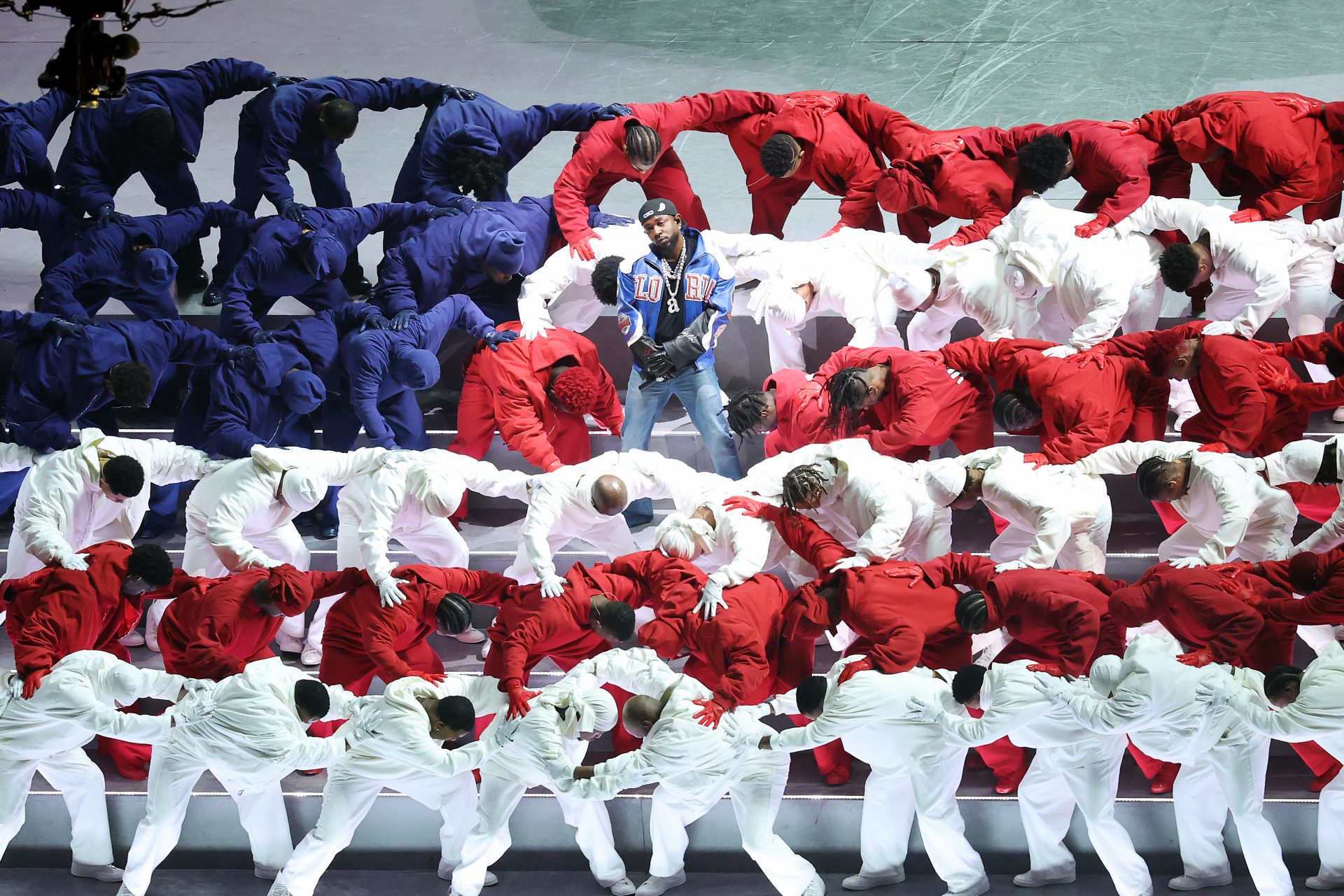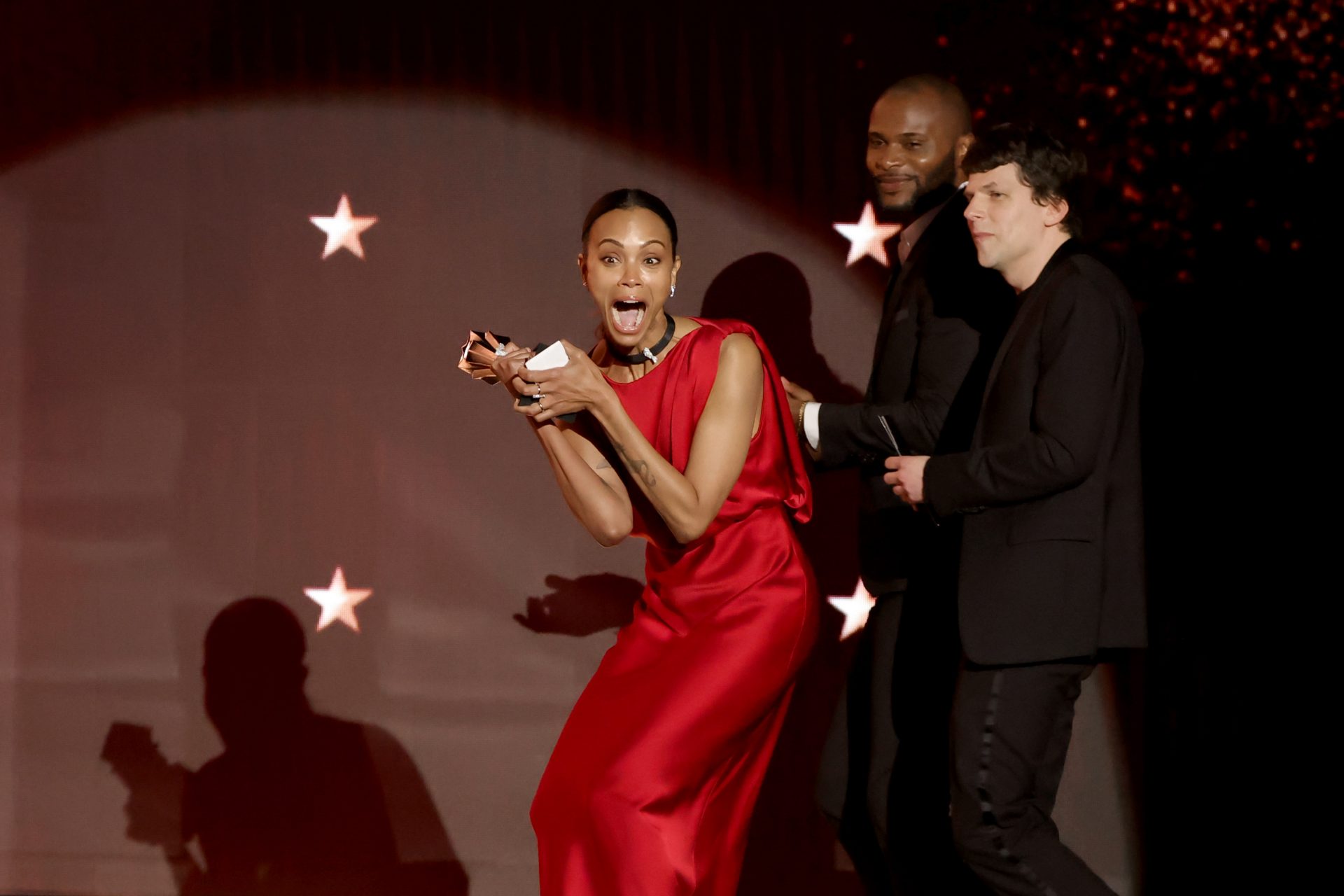Mickey Rourke: glory, unrecognizable decline, and oblivion
Mickey Rourke's career has been a rollercoaster of emotions and a guide on how to go from global stardom to near oblivion.
The actor has had several trips to the operating room, leading him to the point of being almost unrecognizable or, at least, far from what Mickey Rourke once was.
Mickey Rourke, born in 1952, went from being compared to Marlon Brando, both at a professional level and in looks, to being better known for his increasingly extreme facial reconstructions.
Follow Showbizz Daily to stay informed and enjoy celebrity photo galleries
During his life, Mickey Rourke has alternated his unusual career as an actor with a parallel one as a boxer. Finally, when the two collided in 'The Wrestler', 2008 he received his only Oscar nomination for Best Actor.
It was this passion for boxing, which began when he was barely 10 years old, that gave him an enviable physique. He had the face of a classic Hollywood leading man, with the arrogant and rebellious air of the 80s.
Mickey Rourke had everything to succeed in Hollywood: talent, an imposing presence and a certain physical magnetism that many said he possessed when they saw him in person.
His cinema debut came with a small role in '1941' joining the great Steven Spielberg. It was clear that Mickey Rourke was a star actor and he was going to make a name for himself in the 80s.
In fact, in three years he starred in films such as 'Body Heat', 1981, 'Diner' (1982), and 'Rumble Fish' (1983).
These three movies were the prelude to the film that would lead him to become a true icon of the 80s: '9 and a Half Weeks' (1986).
Adrian Lyne was looking for an on-screen partner for his new star to generate pure chemistry, true passion, and fire: enter Kim Basinger.
From that moment on, it was impossible to listen to one of the film's songs, 'You Can Leave Your Hat On' by Joe Cocker, and not think of Kim Basinger swaggering under Mickey Rourke's rogue gaze. Real Hollywood history was made.
But success blinded him. A party spiral began with absurd expenses and excesses that would take their toll. "I was out of control and did not think the party was going to end," he confessed to the 'Daily Mail' in 2009. But it did.
The party ended because of two factors. On one hand, Mickey Rourke already had a reputation as a difficult actor on set - something that closes doors for any actor.
On the other hand, Mickey Rourke turned down roles in films like 'Top Gun', 'Rain Man', 'Pulp Fiction' and 'The Silence of the Lambs'.
Faced with a difficult scenario, Mickey Rourke decided to leave acting and return to boxing. In 1991, the actor himself acknowledged in 'Film Journal' that he took that step because "I was self-destructing".
Yet, returning to boxing at 40 and after years without training was costly on a physical level. Mickey Rourke broke his nose twice. He also broke several ribs and even had a busted cheekbone.
It was in this phase of his life that he underwent surgery, including face reconstructions. It was the beginning of the end of the image of the seductive Mickey Rourke who, not long ago, had conquered the world.
In an interview with 'Daily Mail', he said he went to the operating room five times to reconstruct his nose and once more to repair his cheekbone. The problem is that, after those half dozen interventions, more followed.
Mickey Rourke's appearance now overshadows a career of more than 75 films. Sadly, he is currently better known for his interventions in the operating room than for his filmography.
As he revealed to The Guardian, his problem with reconstructive surgeries was "choosing the wrong surgeon". Interestingly, the redemption that he sought with boxing would lead him to a new path of self-destruction. Then, cinema saved him again.
Darren Aronofsky gave him the leading role of 'The Wrestler' - a film about a has-been wrestler who fits Mickey Rourke's profile very well. The actor gave the world the best performance of his career, to the point that he almost won the Oscar.
He never reached the same success afterward, but Mickey Rourke has continued to work - and visit plastic surgeons.
Of course, he told Piers Morgan in an interview, after turning 70, he prefers to live with his dogs than with another person. And even if he no longer practices boxing, you can see from his Instagram that the sport is still his great passion.
It is interesting how Mickey Rourke's two passions, cinema and boxing, have given him everything and also taken everything away from him. Meanwhile, for the general public, he will always be John, the man with whom millions of people wanted to spend nine and a half weeks.



































